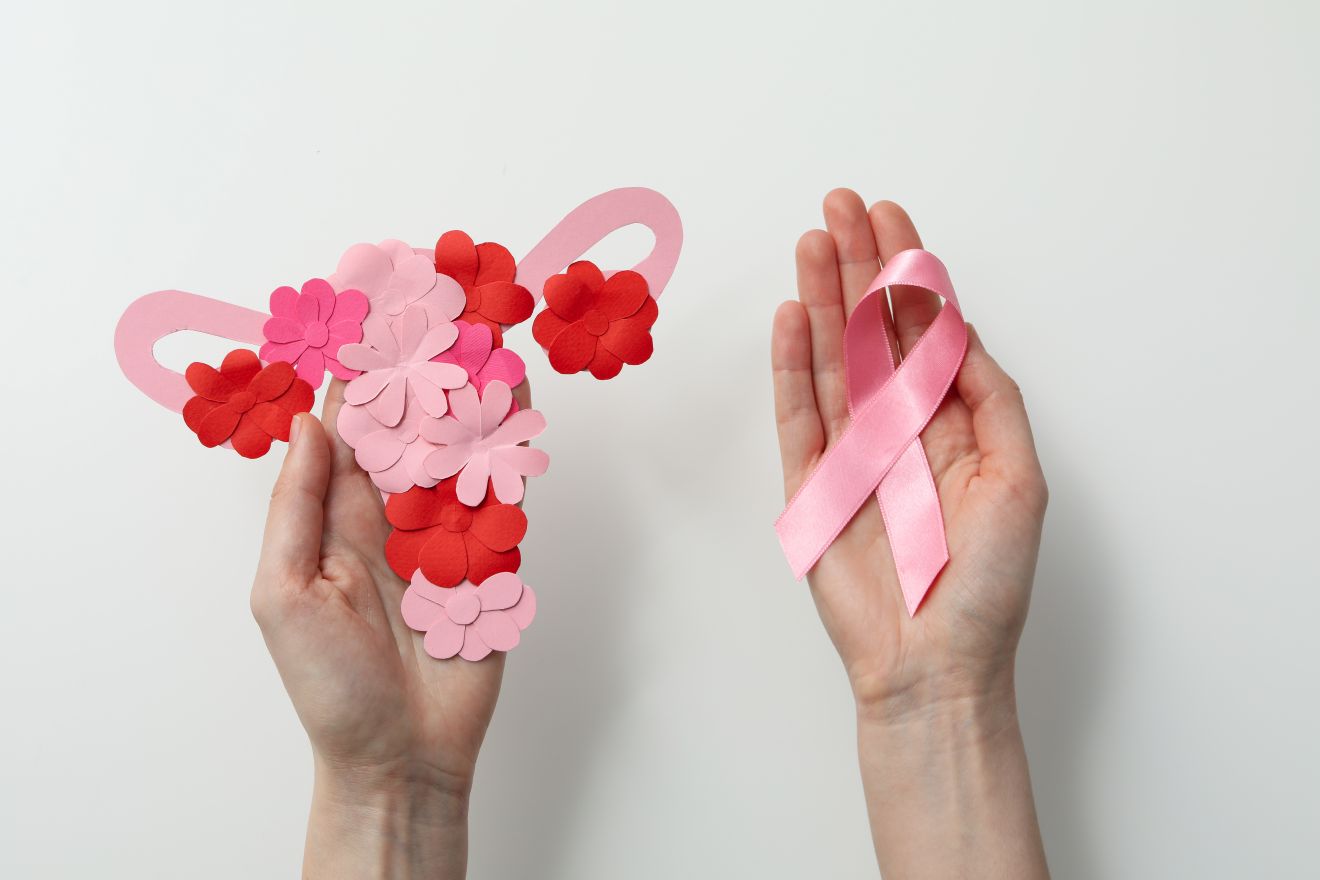
Effects of Risk-Reducing Salpingo-Oophorectomy on Breast Cancer Gene Carriers’ Sexual Health

There are some individuals who carry a breast cancer genes (BRCA) mutation. This mutation leaves them at a higher risk for developing breast and ovarian cancers throughout their lifetime.
Currently, the most common and effective way to lessen the risk of these cancers is the risk-reducing salpingo-oophorectomy (RRSO), which removes the ovaries and fallopian tubes. RRSO is usually advised for BRCA carriers between 35 and 45 years of age, with the understanding of personal and family cancer histories.
Unfortunately, RRSO results in quite a few consequences. For one, the loss of ovaries will induce menopause, resulting in symptoms like hot flashes, anxiety, depression, sexual dysfunction (SD), and more. RRSO may also influence feelings toward body image, family planning, and social perceptions of the individual affected. All of these risks make the decision to undergo RRSO a very complex one.
Patients and Surveys
Researchers recently surveyed 220 BRCA carriers to explore the differences in sexual function and body image before and after RRSO with or without breast cancer. Patients were between 30 and 80 years old and split into four groups (55 women each) for comparison.
- Healthy premenopausal women, with no cancer diagnoses or history of cancer,
- Premenopausal women who had a breast cancer diagnosis,
- Healthy postmenopausal women,
- Postmenopausal women who had a breast cancer diagnosis.
Both before and after the RRSO surgery, patients were asked to complete five separate tests (questionnaires), two of which are the focus of this article:
- Female sexual function index (FSFI), which includes questions related to all aspects of desire, arousal, lubrication, orgasm, satisfaction, and pain. Scores of 26.55 or lower indicate sexual dysfunction, with 36 as the maximum total score.
- The Body Image Scale assesses body image across various cancer types and treatments, with a maximum score of 30. Lower scores suggest fewer symptoms or distress, while higher scores suggest increased body image issues.
Effects of RRSO on Sexual Function and Body Image
Results showed a decline in sexual function and body image across all groups after RRSO. However, there was more of a difference when comparing them.
Healthy premenopausal women were least likely to experience SD before RRSO (0%). All other groups had high numbers of SD beforehand. Premenopausal (both healthy, and with breast cancer diagnosis) women experienced a larger decrease in sexual function following RRSO. The premenopausal women with breast cancer had a larger drop in FSFI score, from an average of 22.98, to an average of 18.4.
Body image concerns appeared to increase for postmenopausal women and women with cancer more than the healthy premenopausal women. However, postmenopausal women with breast cancer had the largest increase in body image concerns after RRSO.
It’s important to note that hormone replacement therapy (HRT) seemed to lessen some of the menopausal effects of RRSO, which may explain why only 3 women from this group had an FSFI score that indicated SD. However, HRT will never completely prevent changes in sexual function with surgically induced menopause.
It was also revealed that women were more likely to experience SD after RRSO if they also had a double mastectomy, which is a surgery that removes both breasts to avoid breast cancer cells from developing and spreading. Additionally, menopausal effects, or having experienced chemotherapy affected the severity of SD after RRSO. This may explain why postmenopausal women with breast cancer had the highest numbers of SD and body image concerns both before and after RRSO.
What Does this Mean for Patients?
BRCA carriers should be aware of the effects of RRSO prior to their decision. While many of these women did experience a decline in sexual function and an increase in body image concerns, they also reported a high level of satisfaction with their RRSO. Researchers believe this highlights that the benefits of preventative care outweigh the costs. They recommend working closely with your care provider to come up with a plan that best fits your needs.
With future research, authors hope that these findings can better inform cancer care, therapy and patient education, and preventative care plans for BRCA carriers.
References:
- Sorbi, F., Farsi, E., Maseroli, E., Orlandi, G., Giglioni, C., Saso, S., Bogani, G., Fambrini, M., Vignozzi, L., & Petraglia, F. (2025). Sexual dysfunction and body image in BRCA mutation carriers before and after risk-reducing salpingo-oophorectomy: A cross-sectional study. The Journal of Sexual Medicine, 22(6), 1062–1068. https://doi.org/10.1093/jsxmed/qdaf078








